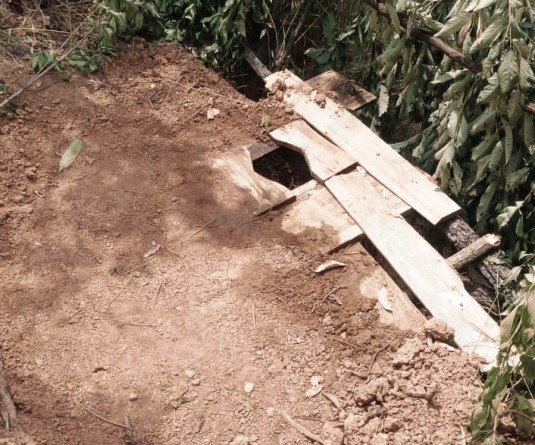
A commentary on traditional agriculture and autonomy
Lipichem
Kiphire | September 24
Population increase, and increased wants, has put increased pressure on the land, silently sweeping away the culture of Nagaland. Farmers who practice traditional shifting agriculture (jhum) have been dissuaded from continuing the practice, instead encouraged and educated to take up commercial crops cultivation on a massive scale to meet market demands. Development and sustainability has come to be defined only in terms of cash.
Keeping in mind the vast opportunities that neoliberalism and free trade agreements offer, many institutions/ departments that are working closely with farmers in rural areas have encouraged farmers to take up nontraditional cash crops like cardamom, rubber, coffee, tea etc. No doubt such interventions, designed to uplift the socio-economic status of the rural masses, have brought some gains. However, in most cases it ends up benefiting largely the rich and elite, not the small and marginal farmers.
Vulnerability of biodiversity & markets
Traditional shifting agriculture has evolved over centuries. It is a representation of accumulated experiences of indigenous knowledge interacting with the environment.
Research shows that carbon emission during burning is negated by the natural regeneration of trees during fallow period. Not only this, maintaining soil health is an important component in traditional agriculture as farmers practice crop rotation, intercropping and mixed cropping of more than 60 different crops in one plot of land. Such a practice also minimizes the risk of total crop failure and food insecurity, which is not possible in monoculture. Vulnerability of biodiversity loss must therefore be understood by policy makers.
As per various Agriculture and allied department statistics, Nagaland State has more than 45,000 ha (around 2% of total geographical area of the state) of land under rubber, tea, cardamom plantation etc, which is giving return in terms of crores. However, these cash crop farmers have no control over the price of the produce. For instance the price of large cardamom in India this year is Rs 463-800per Kilo, which was Rs 1400 per Kilo last year, and many farmers across the state are waiting for the price to hike so that they can dispose their products.
With the demand in the market over the years, there was a significant increase in production of maize on commercial scale by farmers in many villages of Nagaland. However, the prices are controlled by outside buyers and farmers have no control over the price and they remain unorganized.
Autonomy over seed
Farmers in traditional agriculture have the autonomy over seed. They decide what to grow, where to grow and when to grow. With this, they clean and collect their own seeds from their own harvest. Negligence in selecting the good seeds not only affects food diversity but also compromise the food and nutritional securities. Safeguarding traditional agriculture therefore ensures agro biodiversity conservation as well as retains farmers’ right to local knowledge.
Policies must be formulated to support traditional agriculture and local food by setting up small scale processing units for farmers in different rural pockets.
Transporting a quintal of rice from Dimapur to places like Kiphire—known as the maize belt of Nagaland State—costs Rs. 230. The same amount could easily fetch 20 kilos of maize locally. If policy makers motivate farmers by making appropriate technologies available and accessible in these production areas, it will not only ensure food and nutritional securities, but will also enhance the local economy and protect the local culinary knowledge.
Agriculture cannot be alienated from culture. Indigenous knowledge related to biodiversity management and food production must be recognized as a powerful resource. Sustainable management of soil and biodiversity is essential for sustaining the present and future generation. If traditional agriculture practice slowly vanishes with time due to want for cash, which is associated with the new age thinking of prosperity and progress, it may turn out to be seriously destructive for farming communities.





